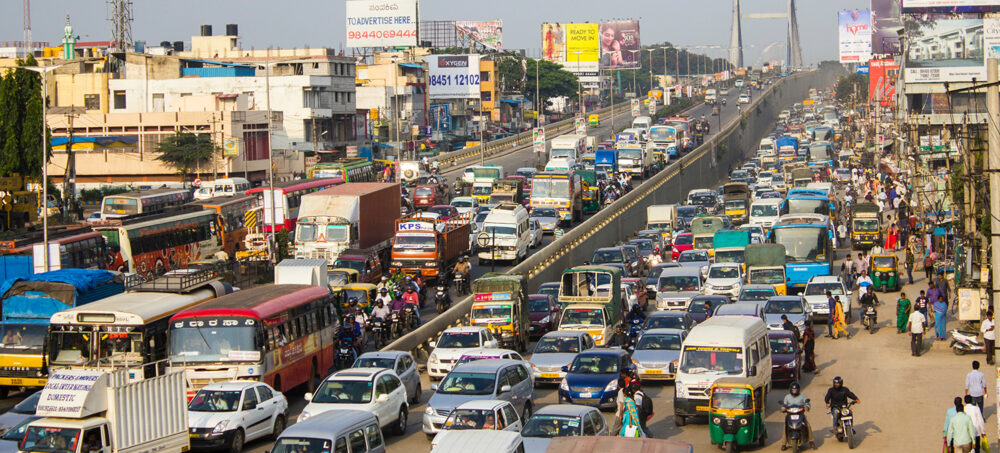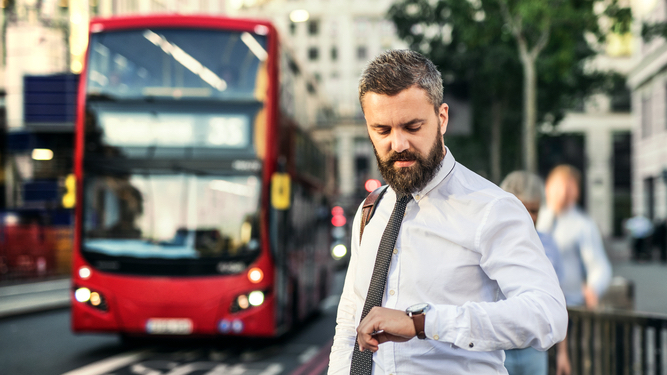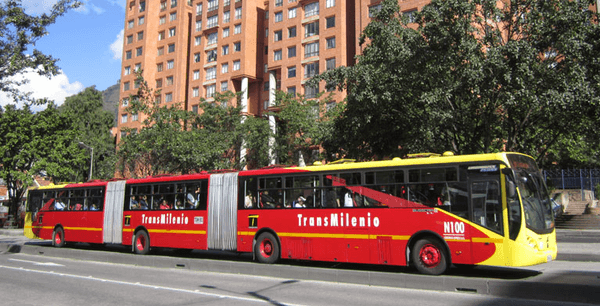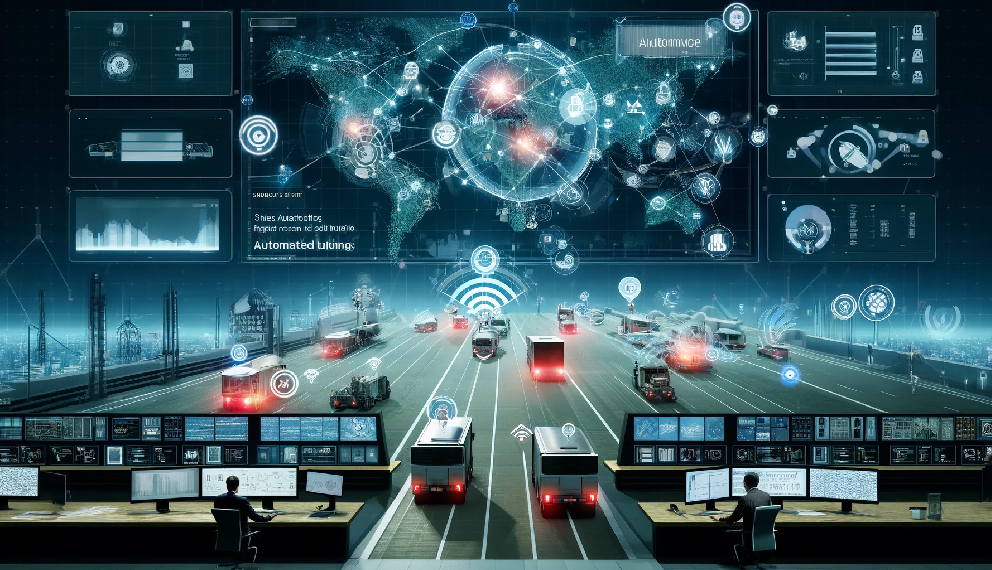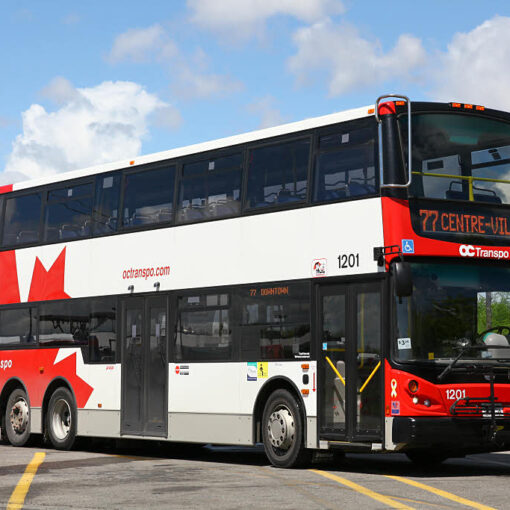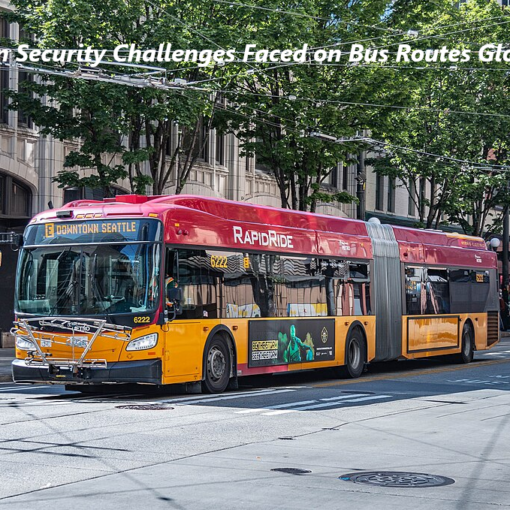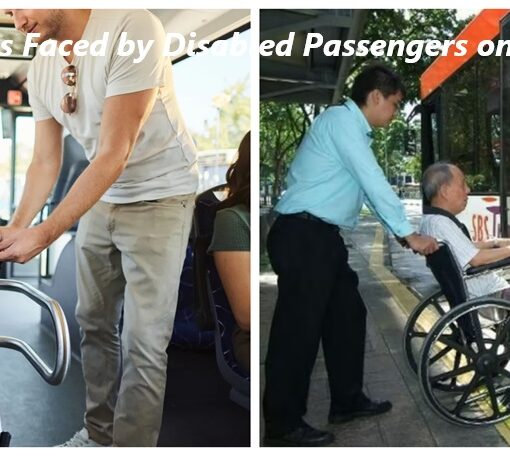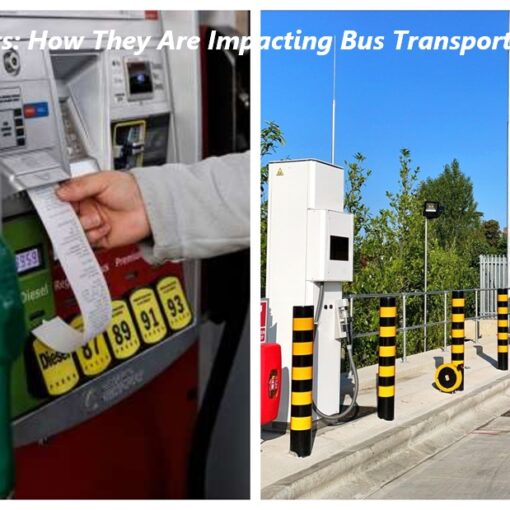How do Traffic Delays Impact Bus Routes?
Do also face Traffic congestion? And you know the traffic is getting worse in places all over the world, which has a big effect on public transportation, especially bus routes. Congestion, mostly caused by more people owning cars, roads that aren’t well maintained, and bad traffic control. As cities grow and more people move into them, there is often more demand for road room than supply. This causes delays and longer travel times for everyone. This problem made worse by the fact that buses, which are important for public transportation, often share the road with private cars, which wastes even more time and money.
There are many effects of traffic jams in cities. Bus transit systems are less reliable when there is a lot of traffic, which makes journey times longer and passengers less satisfied. Not only do delays annoy commuters, but they also make it more expensive for transit companies to run because they have to work harder to stick to schedules when traffic is unpredictable. Idling cars also add to pollution and greenhouse gas emissions, which have a negative effect on air quality and the overall liveability of cities.
The Impact of Traffic Delays on Bus Schedules and Passenger Experience
Traffic delays have a big effect on bus scheduling and on how people feel about riding the bus in general. Buses often get stuck in traffic with other cars, so it’s hard to tell when they’ll arrive. Because of this lack of dependability, people who might use public transportation may decide to drive instead. Studies have shown that when bus services interrupted or run late, average highway delays can go up by a lot, sometimes by as much as 47%.
Buses that don’t stick to their plans also make the experience of passengers worse. People can get crowded and uncomfortable at bus stops where people have to wait for a long time. These problems can be made worse by missing links, which makes public transportation less appealing compared to other ways to get around.
How Cities Around the World Are Coping with Bus Route Delays?
Cities all over the world are using a variety of methods to deal with traffic problems that cause bus routes to be late. In Bengaluru, India, for example, city officials want to move bus stops that cause traffic jams near major roads. This proactive method meant to make bus operations run more smoothly and cut down on wait times.
In other places, money spent on bus lanes that let buses go around areas with a lot of cars. The Bus Rapid Transit (BRT) system in Bogotá is a great example of how to run public transportation efficiently. It cuts travel times during rush hours by a large amount by giving buses their own lanes. Also, cities like London have put in place measures like congestion pricing to stop people from driving their own cars during rush hours. This makes public transit systems less busy.
Innovative Solutions to Mitigate Traffic Congestion and Improve Bus Efficiency
To ease traffic and make buses run more efficiently, we need to come up with new ideas. Smart traffic control systems that use real-time data analytics to improve traffic flow are one way to solve this problem. Based on how busy the roads are, these systems can change the times of the signals, giving priority to buses at crossings to cut down on delays.
Adding technology to public transportation systems can also make them run more smoothly. People can better plan their trips and spend less time waiting at stops when they have mobile apps that track buses in real time. Artificial intelligence (AI) can also help predict how traffic will flow and change bus plans to match.
The Future of Urban Mobility: Integrating Technology to Optimize Bus Routes
Adding technology to public transportation methods is important for the future of getting around cities. New technologies like self-driving buses and electric cars could change the way towns run their transit systems. Cities can adopt these technologies to not only make bus routes more efficient but also leave less of an impact on the environment.
Adding more multimodal transportation choices, like making it easy for buses to connect with trains or bikes, can also help make the urban transit system work better together. This integration makes it easier to use public transportation instead of a personal vehicle, which pushes more people to do so.
To sum up, reducing traffic in cities is necessary to make bus routes more efficient and to improve the general experience of city dwellers around the world. Cities can make the future of urban transportation more sustainable and efficient by figuring out what causes and worsens traffic and coming up with new ways to deal with it.
Is there any problem / complaint with reaching the How Traffic Delays Impact Bus Routes Worldwide? Please report any issues using the below comment form.
Rate your experience with the How do Traffic Delays Impact Bus Routes Worldwide: (click on the stars below)
